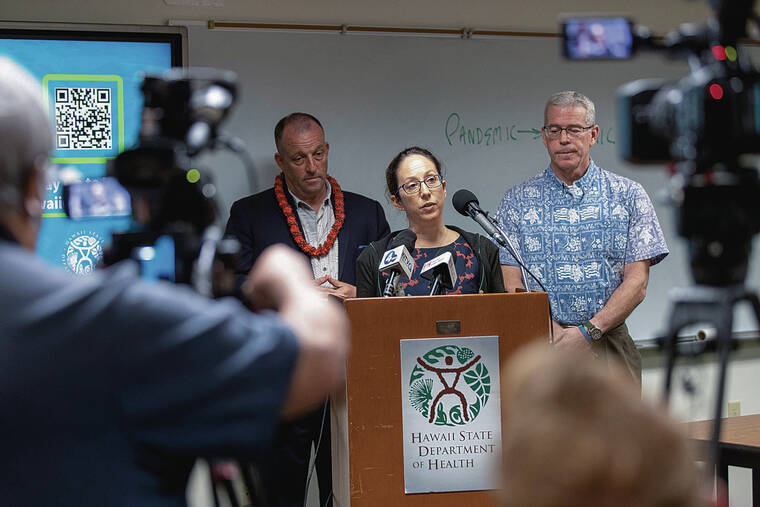The expiry of the U.S. public health emergency for COVID-19 was marked by Hawaii leaders as a significant milestone. Dr. Kenneth Fink, the state health director, emphasized that this transition from a pandemic to an endemic state means that while COVID-19 is still present, the worst is over. He urged people to remain vigilant and continue investing in public health preparedness. Governor Josh Green commended healthcare workers and residents for their efforts in containing the virus, resulting in Hawaii having one of the highest COVID-19 vaccination rates and the lowest mortality rate among states.
The expiration of the federal public health emergency brings about changes to COVID-19-related initiatives. COVID-19 vaccines and certain treatments such as Paxlovid will generally not be affected. The distribution of free COVID-19 vaccines for adults and children will continue, ensuring equitable access. Insurance will cover COVID-19 tests ordered by healthcare providers, although there may be cost-sharing. However, insurance providers are no longer required to cover the costs of COVID-19 home tests. Medicaid recipients will still receive coverage for testing and treatment at no cost until September 2024. Vaccine requirements for federal workers, contractors, and foreign air travelers to the U.S. have also been lifted.
The Centers for Disease Control and Prevention (CDC) will no longer report COVID-19 community levels and other metrics due to changing lab reporting requirements and decreasing data reliability. The Hawaii Department of Health (DOH), however, will continue to provide COVID-19 data through its dashboards, including case counts, test positivity rates, hospitalizations, deaths, and vaccination coverage. The DOH will also monitor coronavirus variants and wastewater trends, making adjustments to metrics if necessary.
Despite the end of the federal public health emergency, COVID-19 remains a threat. Dr. Sarah Kemble, the state epidemiologist, encouraged people to stay up to date on COVID-19 shots, to stay home when sick, and to wear masks to prevent the spread of disease. Governor Green highlighted the significant impact of interventions in reducing the estimated number of COVID-19 deaths in Hawaii. He expressed gratitude for the community’s care and support for their loved ones.
In the U.S., COVID-19 was the third leading cause of death in 2020 and 2021, and the fourth leading cause of death in 2022, with over 1.1 million deaths. The availability and coverage of COVID-19-related services have changed now that the public health emergency has ended.
To summarize the coverage:
Covered:
– COVID-19 vaccines are still available for free to adults and children.
– COVID-19 tests ordered by healthcare providers may be covered by insurance but could involve cost-sharing.
– Medicaid recipients have access to COVID-19 testing and treatment at no cost until September 2024.
Not covered:
– Insurance providers are no longer required to waive costs for at-home COVID-19 tests. However, people with Medicaid can still receive testing and treatment at no cost until September 2024.
For the uninsured:
– The uninsured can access free testing through the CDC’s Increasing Community Access to Testing program.
Still available:
– Eligible U.S. households can order four free home tests through COVIDtests.gov until the end of May.
For more information, visit hawaiicovid19.com.
Source: HHS, DOH
Denial of responsibility! VigourTimes is an automatic aggregator of Global media. In each content, the hyperlink to the primary source is specified. All trademarks belong to their rightful owners, and all materials to their authors. For any complaint, please reach us at – [email protected]. We will take necessary action within 24 hours.


